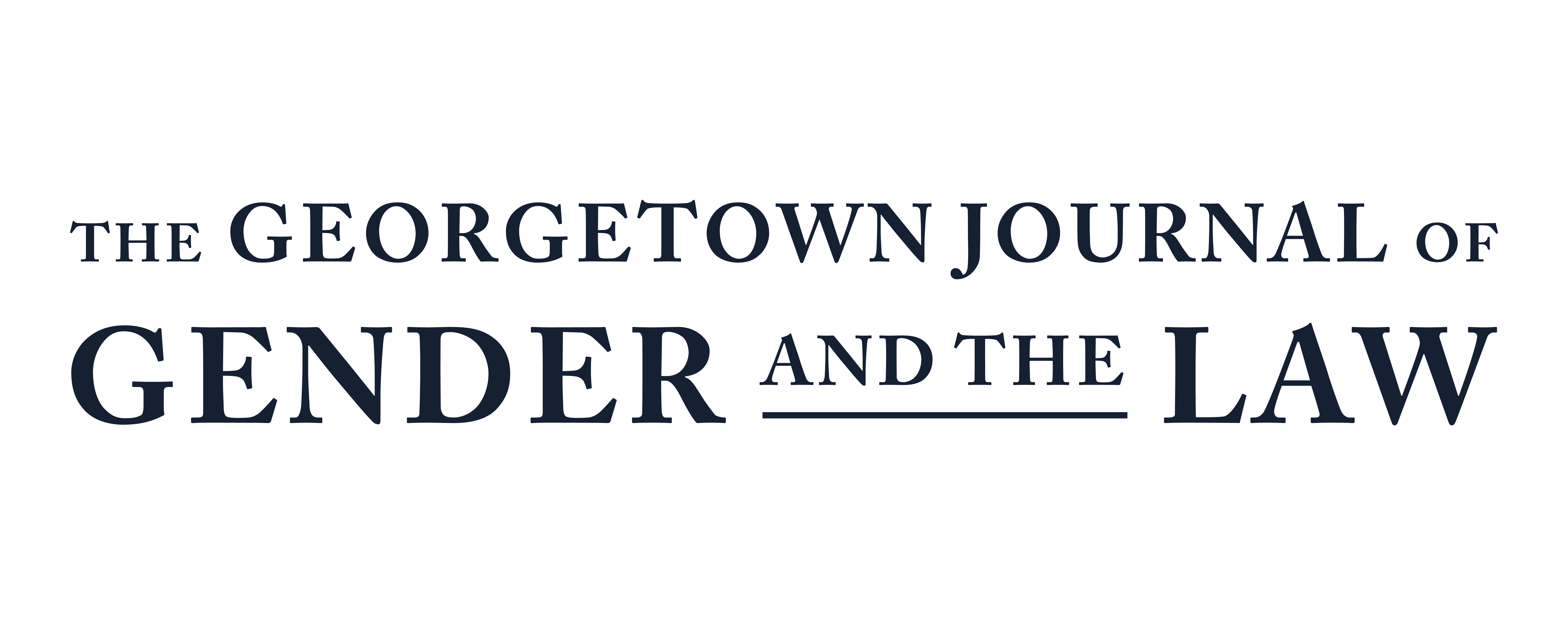Sexual Harassment
In October 2017, more than one dozen women made public decades of alleged sexual harassment by Harvey Weinstein, a major Hollywood producer. Within two weeks, Weinstein was fired from his studio and resigned from the board. Partly as a reaction to these events, women and others across the United States began using the hashtag “#MeToo” to share their own experiences with sexual harassment and abuse. The #MeToo Movement garnered enough attention that at least 200 powerful and famous men like Matt Lauer, Charlie Rose, Russell Simmons, Al Franken, Louis C.K., and Kevin Spacey, have been fired or forced to resign after at least 920 people alleged that “one of these men subjected them to sexual misconduct.”
While these allegations are receiving unprecedented attention, they are not new. Sexual harassment in the workplace often comes in the form of sexual assault, sexualized attention, demeaning comments, and authentic or mock sexual advances from coworkers or supervisors. And though women continue to fle the vast majority of sexual harassment complaints with the Equal Employment Opportunity Commission (EEOC), women are not the only individuals who experience sexual harassment.
To combat harassment at work, Congress enacted Title VII of the Civil Rights Act of 1964, which implemented the first legal recognition of, and protection from, sexual harassment outside of tort law. Section 703(a) of Title VII states that:
It shall be an unlawful employment practice for an employer–(1) to fail or refuse to hire or to discharge any individual, or otherwise to discriminate against any individual with respect to his compensation, terms, conditions, or privileges of employment, because of such individual’s race, color, religion, sex, or national origin; or (2) to limit, segregate, or classify his employees or applicants for employment in any way which would deprive or tend to deprive any individual of employment opportunities or otherwise adversely affect his status as an employee, because of such individual’s race, color, religion, sex, or national origin.
Thus, Title VII created both a legal cause of action for sexual harassment in the workplace, as well as an anti-harassment policy meant “to encourage informal conciliation and to foster voluntary compliance.” Congress’ policy objective was affirmed in Bostock v. Clayton County, where the Supreme Court held that sexual discrimination under Title VII exists where an individual is fired on the basis of their sexual orientation or gender identity. Congress continues to work to ensure that workplaces are free from discrimination by updating employment discrimination law. For example, the BE HEARD in the Workplace Act of 2021 would prohibit employers from entering into contracts or agreements with workers that contain non-disparagement or nondisclosure clauses, prohibit and post-dispute arbitration agreements, and requires the EEOC to provide specified training and resource materials with regard to prohibited discrimination and harassment in employment. Congress is also considering the EMPOWER Act, Part 2 of which would disallow tax deductions for expenses and judgments incurred in sex harassment litigation, and Part 1 of which would prohibit nondisclosure clauses regarding sex harassment, establish a confidential tip line for workplace harassment, require disclosure of claims to the SEC, and establish federally-recommended materials for use in workplace anti-harassment trainings.
The Supreme Court has also attempted to legally define sexual harassment, generally holding that sexual harassment can include tangible employment changes in exchange for sexual favors or conduct that is so pervasive or severe that it creates an abusive working environment for the victim. Such conduct cannot be mere utterances or offhand comments; typically, both a reasonable person as well as the actual victim must find the conduct hostile or abusive given the circumstances. This Article will explore how other courts apply and expand upon this legal definition. To supplement federal law, forty-eight states and the District of Columbia (D.C.) have implemented anti-discrimination statutes that either expressly or impliedly prohibit sexual harassment in the private workplace. Others rely on common law torts. States also define sexual harassment in regulations governing public employees.
This Article analyzes the varying approaches of states and circuits in implementing, expanding, and interpreting elements of their own sexual harassment laws. Part II presents the basic elements of most sexual harassment claims. Part III explains the basics of Title VII, the EEOC, state and local agencies called Fair Employment Practices Agencies (FEPAs), as well as policy updates since the election of President Trump. Part IV examines state implementation of sexual harassment laws, including alternative common law remedies. This section also explores the ways many states have expanded their protection of employees and implemented administrative requirements as part of a broader regulatory scheme to protect workers. Part V examines different key elements of sexual harassment claims and how states have interpreted them. Part VI explores the extent to which employers may be held liable for sexual harassment claims and the different defenses available to an employer in defending against a sexual harassment claim. Part VII examines the standards courts have more recently developed for applying Title VII protections to same-sex sexual harassment and sexual harassment of transgender employees. Finally, Part VIII provides a brief overview of recent cases of sexual harassment in the media that received national coverage, concluding with a summary of the response to #MeToo within the legal community.
Sexual Harassment
